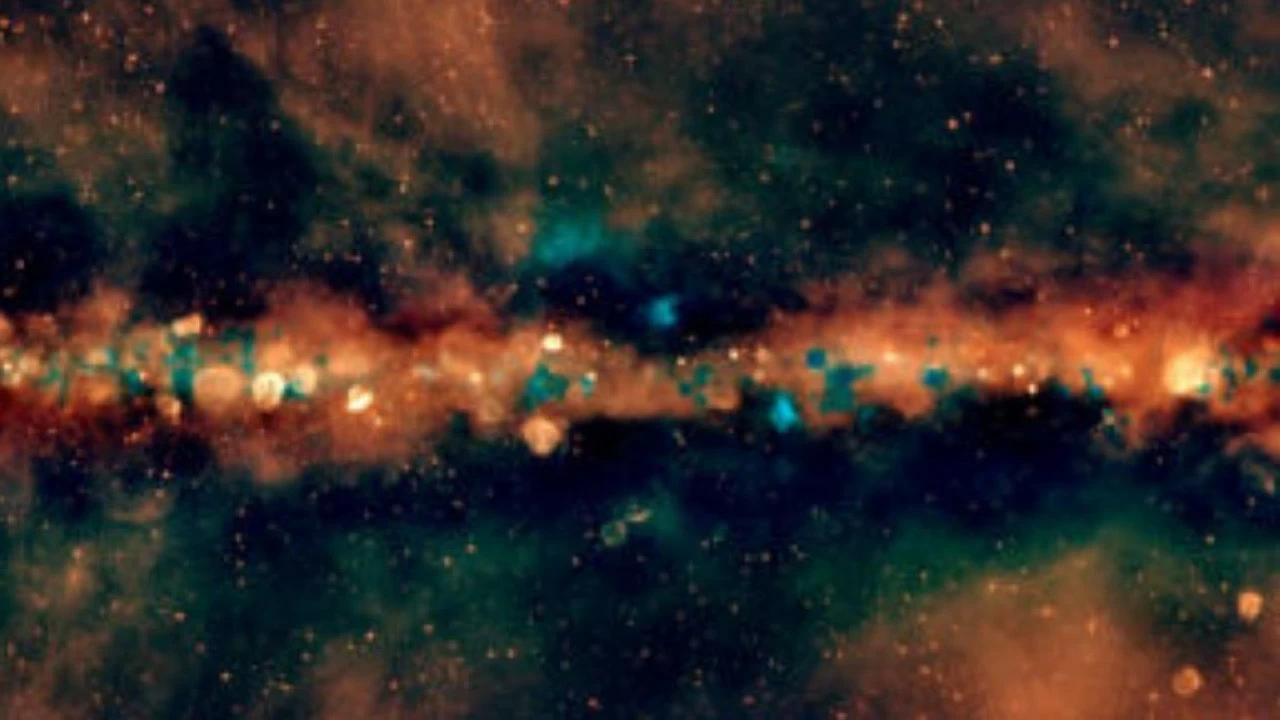

By signing in or creating an account, you agree with Associated Broadcasting Company's Terms & Conditions and Privacy Policy.


By signing in or creating an account, you agree with Associated Broadcasting Company's Terms & Conditions and Privacy Policy.

Astronomers from the International Centre for Radio Astronomy Research (ICRAR) have assembled the largest low-frequency radio colour image of the Milky Way as seen from the Southern Hemisphere. The image allows astronomers to study the birth, evolution and death of stars in the Galaxy. The new image significantly improves the resolution, sensitivity and sky coverage, allowing for a more detailed and comprehensive study of the Milky Way, providing astronomers with a wealth of novel data and insights. The researchers were focused on studying supernova remnants, expanding clouds of gas and dust surrounding dead stars. Hundreds of these supernova remnants are known, but astronomers suspect there may be thousands more.
Data from two extensive surveys were combined by supercomputers to assemble the image. The surveys were conducted using the Murchison Widefield Array (MWA) and the Murchison Radio-Astronomy Observatory, both in Western Australia. These surveys were known as the Extragalactic All-sky MWA (GLEAM) conducted over 28 nights between 2013 and 2014, and the Gleam-X (GLEAM-Extended) survey conducted over 113 nights between 2018 and 2020. The new image offers twice the resolution and ten times the sensitivity, while covering twice the area as compared to the previous GLEAM image released in 2019.
The image allows astronomers to distinguish between the gas surrounding new stars, as well as the planetary nebulae left behind by dead stars, revealing underlying patterns in the cosmic landscapes. The large red circles are the exploded outer layers of dead stars, that were violently shed after the cores ran out of nuclear fuel. The smaller blue regions are the dense knots in stellar nurseries where embryonic stars are being formed. The same image can also help map the distribution of pulsars across the galaxy, that are rapidly spinning dead stars. The new image represents a big step forward in studying the underlying structure of the Milky Way.








